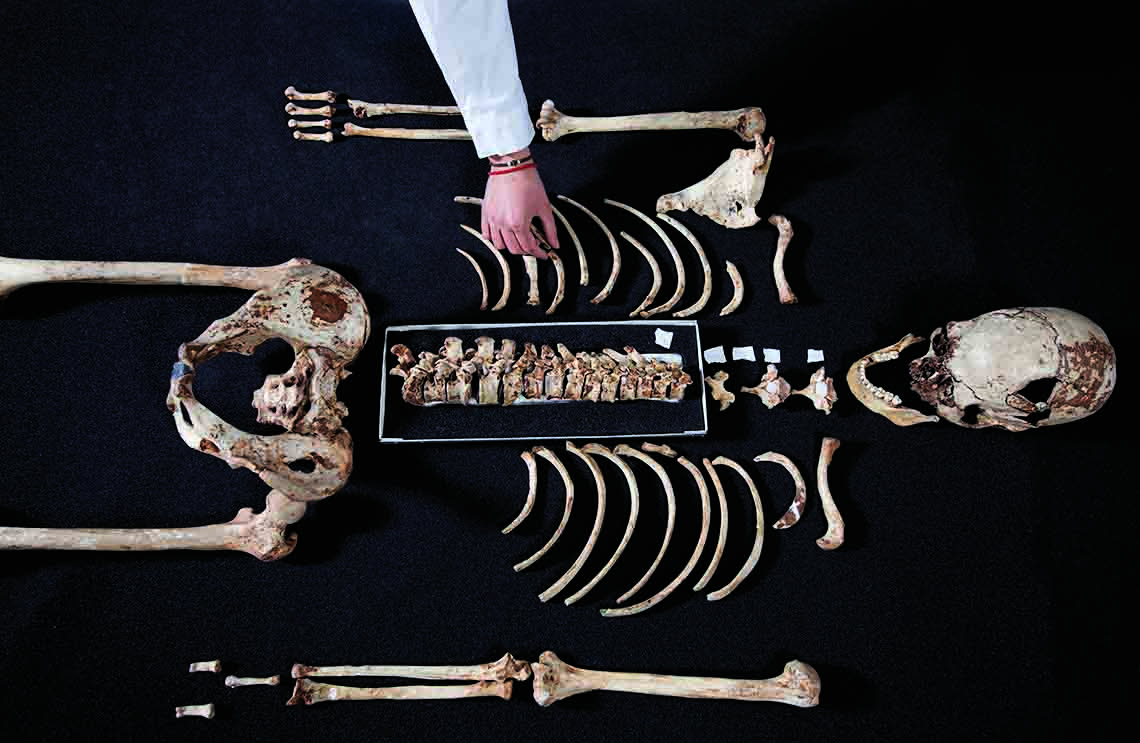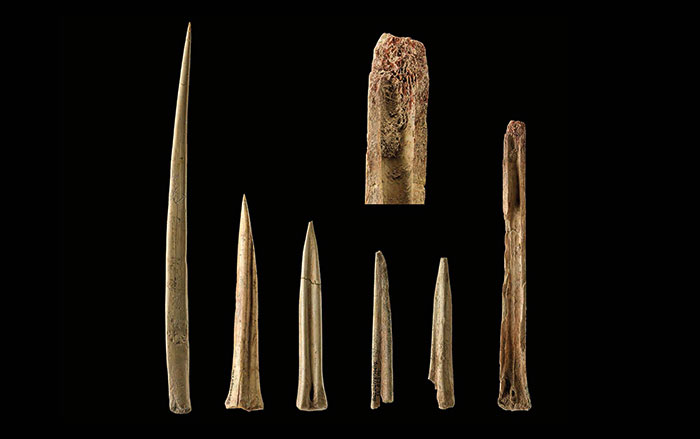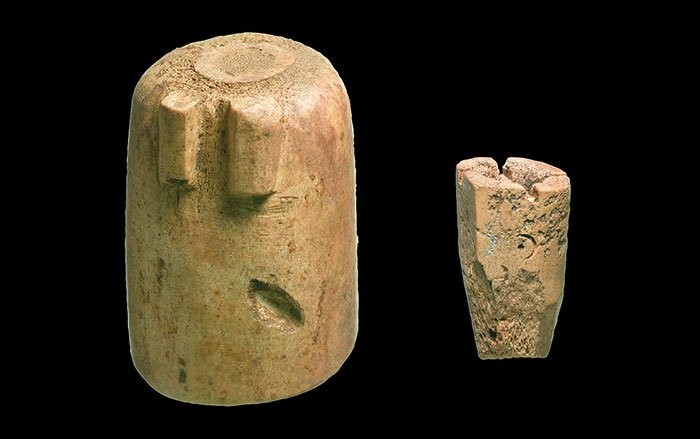
ST. LOUIS, MISSOURI—Science has reported on a new genetic study from the team that recently found at least three ancient populations of hunter-gatherers and farmers in the ancestry of modern Europeans. In work presented at the recent annual meeting of the American Association of Physical Anthropologists, the team, led by population geneticist Iain Mathieson of the Harvard University lab of David Reich, explained how five genes associated with changes in diet and skin pigmentation underwent strong natural selection and spread rapidly throughout Europe in the past 8,000 years. The first farmers, in addition to the hunter-gatherers, could not digest milk sugars 8,000 years ago. Lactose tolerance became common among Europeans only about 4,300 years ago. The team also tracked three separate genes that produce light skin. The new data confirm that about 8,500 years ago, hunter-gatherers in Spain, Luxembourg, and Hungary had darker skin, but people from the Motala archaeological site in southern Sweden had both light-skin gene variants some 7,700 years ago, and a third gene that causes blue eyes and may contribute to light skin and blonde hair. The first farmers from the Near East also carried both genes for light skin, which they shared with the hunter-gatherers of central and southern Europe. Genes for tallness were favored in northern and central Europeans beginning 8,000 years ago, while selection favored shorter people in Italy and Spain. To read more about recent evolutionary history, see "Evolution Overdrive."










